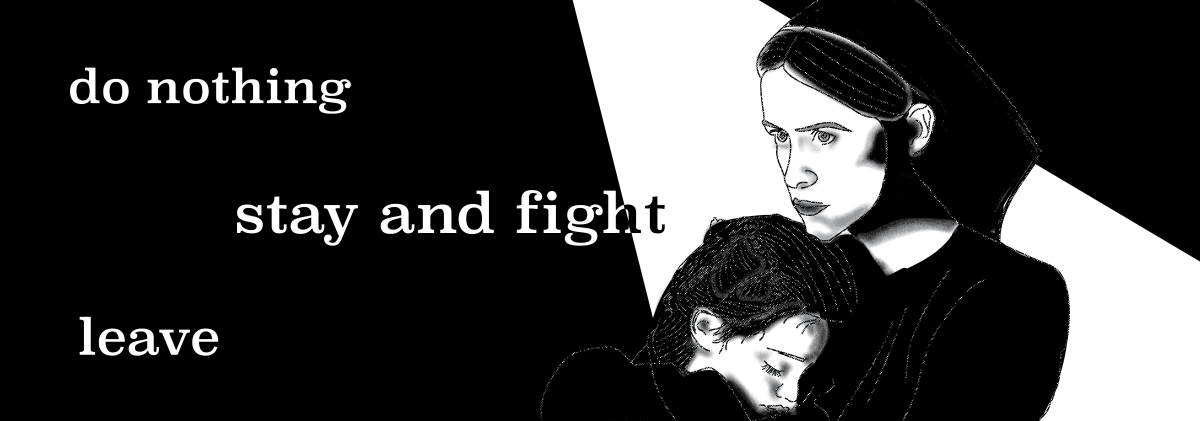
After nearly a decade long hiatus from filmmaking, Sarah Polley returns with a reflective story that is as relevant as ever.
Sarah Polley’s return to the director’s chair features an eye-catching cast, but the success of individual actors is not the principal focus of the film. This is not to say the ensemble of “Women Talking” doesn’t live up to expectations, because it certainly does, but this is not a film meant to push a single actor towards acclaim or awards. Rather, it implores each individual to form the collective confrontation at the heart of “Women Talking” to heal themselves and one another.
The film centers on a group of women living in a religious commune. The only man in this inner circle is a male school teacher recording their meeting (Ben Whishaw); he witnesses the discussion of women who have been mentally manipulated and sexually abused for as long as they can remember. The film highlights the meeting where they decide what to do with a new opportunity to break from this cycle.
The women grapple with the decision to leave a life they have been forcefully taught to accept. In spite of their differing opinions, the companionship between them is fierce. Even the most heated moments, as they pit their views against each other, cannot destroy their bond. The intense compassion felt for their efforts to hold on to one another is realized effortlessly through the filmmaking. This commitment is wholly realized and down to earth in their attempt to find each other’s peace.
Perhaps most striking of Polley’s portrayal is the film’s setting. At first glance, one would say this isolated farm-land would be the location for a period piece. I too was surprised to see it was set in 2010. It is not a major point underpinned, but it sticks out tremendously as the agrarian appearance of this town is frequently contrasted by even the smallest details such as a modern-looking daily necessity; a haunting reminder of the central issue’s prominence today.
Granted, some choices made to illustrate this impact could be accused of being overly theatrical. The film employs parallel editing in the storytelling to demonstrate a character’s idea or a flashback. This case of cutting back and forth from one point of time to another has mixed results. When this doesn’t work, it feels more intrusive towards the central narrative. When it succeeds, it builds further upon the idea of a healing community, giving a deeper look at the aspirations of the characters for the future. These tendencies lean toward the latter and more often than not create an understanding of what is at stake. Above all, Polley is dead set on ensuring the audience’s immersion in the group’s culture and leaves us with an intimate exploration of their path to the future.
The work of the actors does in fact play a significant part in piecing together the pathos of this exploration, despite my earlier comments. Claire Foy as Salome — a mother wanting nothing but the best for her children — and Jessie Buckley as Marche — who pushes to forgive their abusers — emphasize the bruised mentality the characters face. Both present intense responses to their treatment: Foy with rage and Buckley with an underlying hopelessness. Such talent helps bind the film’s purpose and makes it all the more memorable.
The passion they and their co-stars bring to “Women Talking” truly helps bring together its fiery reflection on a discussion that is as important as ever. Audiences cannot forget the relevancy in which it is framed and Sarah Polley doesn’t want us to either.
Edited by Egan Ward | [email protected]
Copy edited by Lauren Courtney and Sterling Sewell